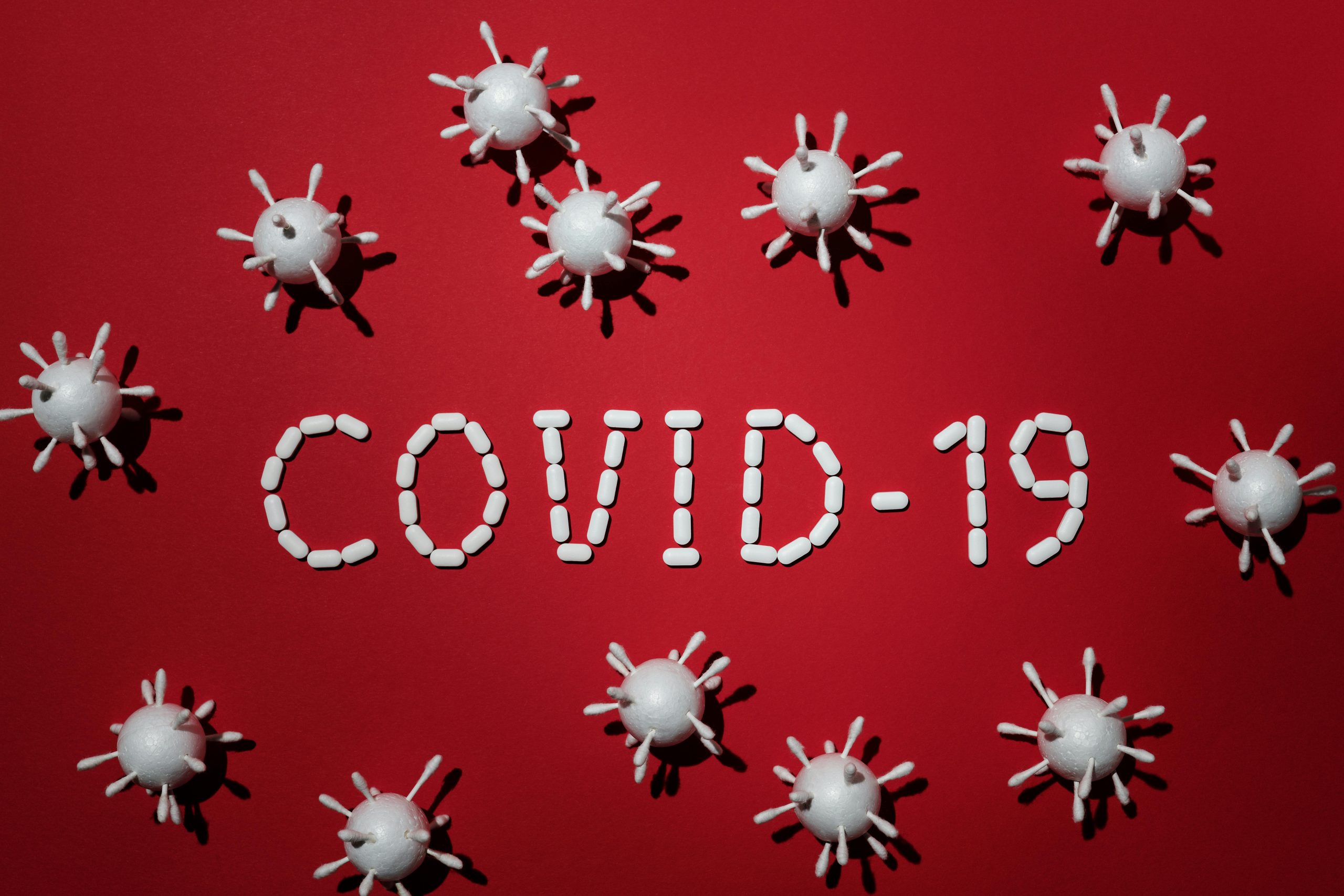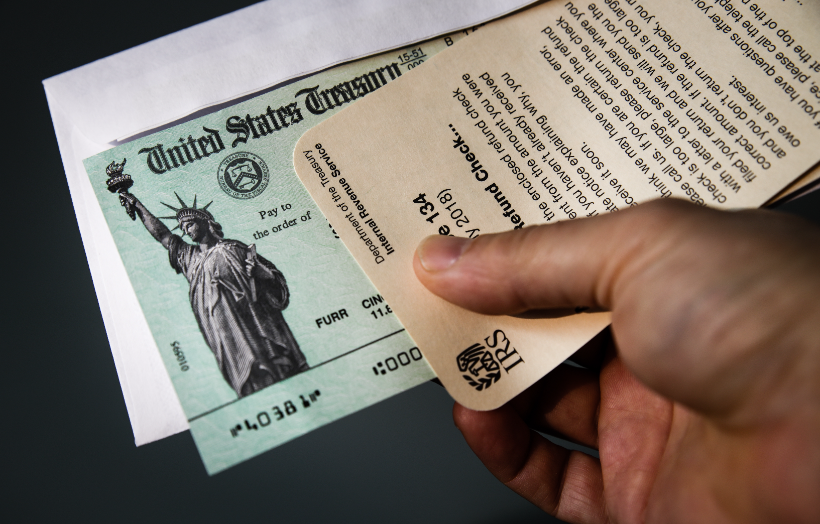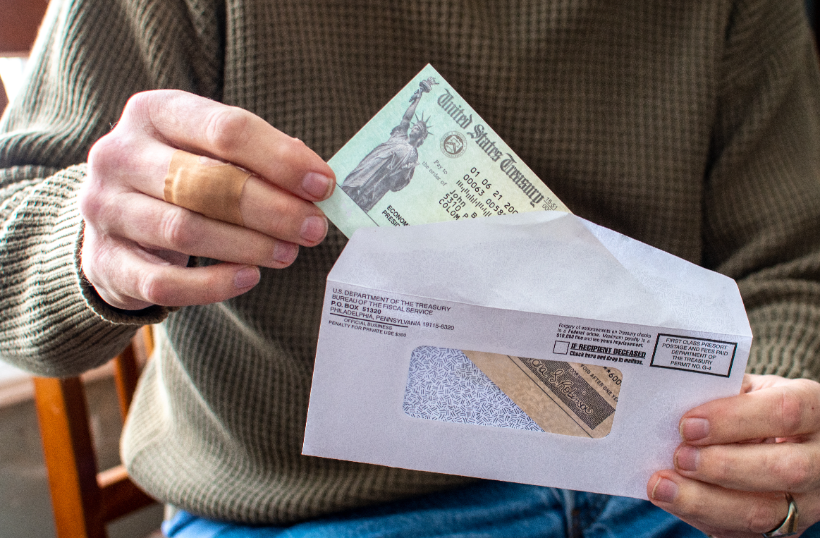$484 Billion Interim Coronavirus Relief Bill Signed Into Law
Published:What’s Included in the Latest Emergency COVID-19 Package
President Donald Trump signed a new $484 billion interim coronavirus relief bill on Friday, April 24, 2020 to assist the struggling economy.
This bill provides additional funds for small business loans, hospitals, and medical testing. “Urgent relief is needed, and… this interim package provides funds for underserved small businesses, hospitals, and expanded testing to support the lives and livelihoods of the American people,” said Nita M. Lowey (House Appropriations Committee Chairwoman).
Here’s a breakdown of what’s included in the interim relief package and which programs are affected.
$320 Billion for the Paycheck Protection Program (PPP)
The interim bill allocates most of the money – approximately $320 billion – towards funding the Paycheck Protection Program (PPP). About $60 billion of that amount will be distributed to community banks and other small lenders in underserved communities.
This loan program, which is administered by the Small Business Administration (SBA), was created by the CARES Act that was signed into law in late March 2020. The PPP originally received $349 billion in funding as part of the CARES Act, but the program ran out of money due to high demand.
PPP loans are intended to help small businesses that are experiencing financial difficulties due to the Coronavirus (COVID-19) pandemic. It is designed to assist businesses in keeping their workforce employed during this time and is available through June 30, 2020.
A PPP loan does not come with any fees, it doesn’t require collateral or personal guarantees, and loan payments are automatically deferred for six months. The maturity rate is two years and the interest rate is 1.0%.
If you get a PPP loan, the funds you receive must be used for payroll, interest on mortgages, rent, and/or utility bills. Your loan will be forgiven as long as all of your employees are kept on the payroll for at least eight weeks.
For more details, see this page: Information About Loan Relief Programs for Small Businesses
To apply for a Paycheck Protection Program (PPP) Loan, please visit the SBA’s PPP website where additional details can also be found.
$60 Billion for the Economic Injury Disaster Loan (EIDL) Program
The interim bill includes approximately $60 billion in funding for the disaster relief program managed by the Small Business Administration (SBA). Thanks to the CARES Act, obtaining an Economic Injury Disaster Loan (EIDL) involves less red tape for businesses that are struggling because of the COVID-19 crisis.
The EIDL Emergency Advance is a disaster relief fund that provides up to $10,000 of economic relief to small businesses that are experiencing temporary difficulties and loss of revenue due to the Coronavirus epidemic. This is a loan advance that does not have to repaid. If you qualify, the money will be made available to your business within days after a successful application.
For more details, see this page: Information About Loan Relief Programs for Small Businesses
To apply for an Economic Injury Disaster Loan (EIDL) Emergency Advance, please visit the SBA’s EIDL website.
$100 Billion for Hospitals & Medical Testing
The interim relief package also includes approximately $75 billion for hospitals and $25 billion for expanded medical testing. Legislators hope that this bill will help individuals and businesses to cope with the suppressed economy.
Even though this latest relief package is almost half a trillion dollars, it is being referred to as an “interim” bill because it’s expected to bridge the gap between the CARES Act and the next piece of COVID-19 legislation.
RELATED CONTENT – CORONAVIRUS RELIEF:
- Information About Stimulus Payments
- Information About Expanded Unemployment Benefits
- IRS Announces Extended Deadlines and New Legislation in Response to the Coronavirus Outbreak



